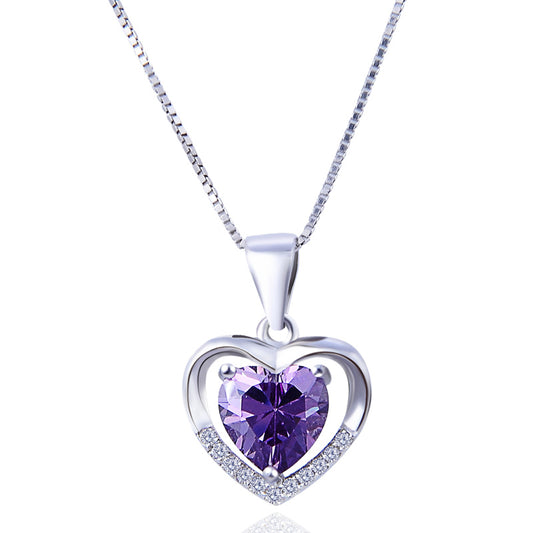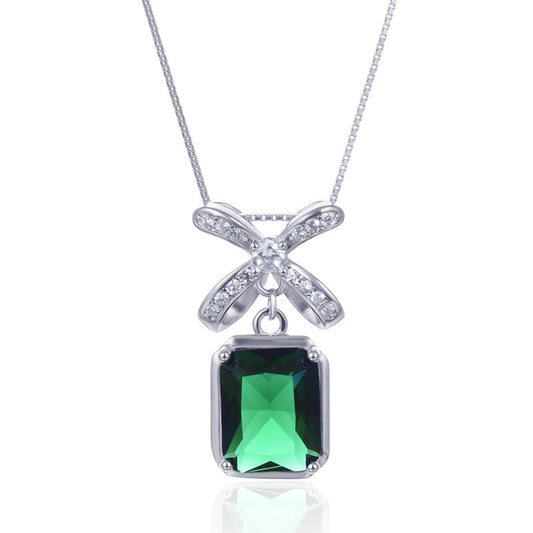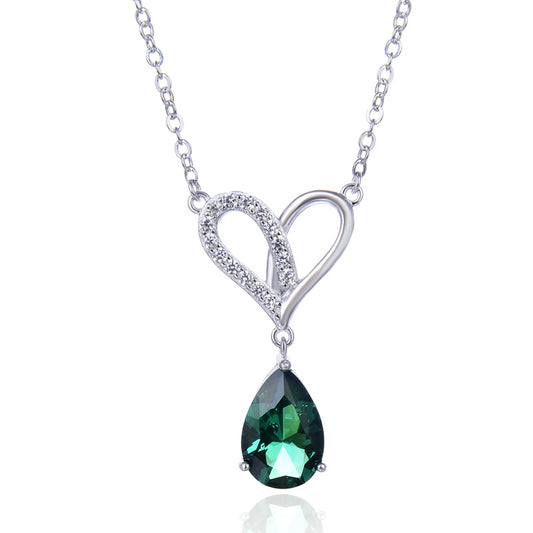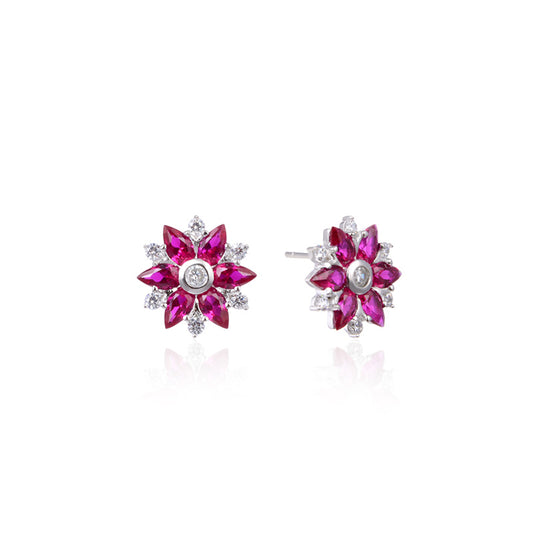How Long Does Nail Polish Take to Dry? A Comprehensive Guide
Painting your nails is a fun and creative way to express yourself, but the drying time can often be a source of frustration. Have you ever wondered how long does nail polish take to dry? The answer, unfortunately, is not as straightforward as one might hope. Drying time depends on several factors, including the type of nail polish, the thickness of the coats, and the environment in which the polish is drying.
In this comprehensive guide, we'll explore the various factors that affect nail polish drying time, provide tips for speeding up the process, and discuss the science behind it all.
Factors Affecting Nail Polish Drying Time
- Type of Nail Polish
Different types of nail polish have different drying times. For example, gel polish and acrylic polish typically take longer to dry than regular nail polish because they require UV light to cure properly. On the other hand, quick-dry polish formulas are designed to dry faster than regular polish.
- Number and Thickness of Coats
The more coats you apply, the longer it will take for your nails to dry completely. Additionally, if you apply thick coats of polish, it will take longer for each layer to dry. Thin coats dry faster because there is less polish to cure.
- Humidity and Temperature
High humidity can slow down the drying process because it prevents the solvents in the polish from evaporating quickly. Conversely, low humidity can cause the polish to dry too quickly, resulting in a rough or bumpy finish. Temperature also plays a role, with warmer temperatures speeding up the evaporation of solvents and colder temperatures slowing it down.
- Air Circulation
Good air circulation can help speed up the drying process by allowing the solvents in the polish to evaporate more quickly. If you're in a stuffy room with poor ventilation, it will take longer for your nails to dry.
Tips for Speeding Up Nail Polish Drying Time
- Apply Thin Coats
As mentioned earlier, thin coats of polish dry faster than thick coats. By applying multiple thin coats instead of one or two thick coats, you can reduce the overall drying time.
- Use a Quick-Dry Top Coat
A quick-dry top coat can help speed up the drying process by forming a protective layer over your nail polish that allows it to dry more quickly. Look for a top coat that specifically advertises quick-drying properties.
- Use a Hair Dryer or Fan
Gently blowing warm air over your nails with a hair dryer or fan can help speed up the evaporation of solvents and reduce drying time. Just be sure to keep the air moving and not hold the dryer or fan too close to your nails to avoid bubbles or other imperfections.
- Avoid Humid Environments
If possible, avoid painting your nails in humid environments like bathrooms or outdoors on a rainy day. These environments can slow down the drying process significantly.
- Give Yourself Enough Time
Finally, give yourself enough time for your nails to dry completely before engaging in activities that could potentially smear or damage them, such as typing on a keyboard or handling objects with your hands.
The Science Behind Nail Polish Drying
Nail polish is made up of several components, including pigments for color, resins for durability, and solvents to keep everything suspended until it's time to apply the polish. When you paint your nails, the solvents in the polish begin to evaporate, leaving the pigments and resins to form a hard, protective layer on your nails.
The drying process involves two main stages: evaporation and curing. During evaporation, the solvents in the polish evaporate into the air, leaving behind a solid film of pigments and resins on your nails. This process can take anywhere from a few minutes to several hours, depending on the factors discussed earlier.
Once the solvents have evaporated and the polish has begun to solidify, it enters the curing stage. During this stage, chemical reactions occur within the polish that strengthen the bond between the pigments and resins, creating a more durable finish that's less likely to chip or peel off over time.
Conclusion
So, how long does nail polish take to dry? The answer depends on several factors, including the type of polish you're using, the number and thickness of coats you apply, and the environment in which you're drying your nails. By following the tips provided in this guide and understanding the science behind nail polish drying, you can help speed up the process and achieve beautiful, long-lasting results every time you paint your nails.








